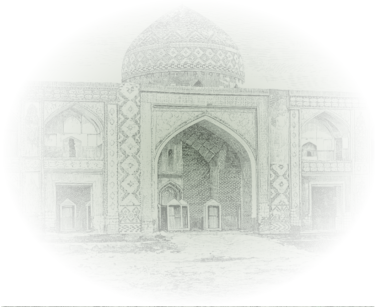Garghabazar is a village in the Echmiadzin uezd of the former Iravan governorate, later in the former Uchkilsa (Echmiadzin, Vagharshapat) district, and currently in the Armavir province. The provincial centre lies 40 km to the southeast of the town of Serdarabad (Armavir), on the banks of the Garasu River, at a height of 830 m above sea level. It was marked on the five-verst map of the Caucasus.
The village was solely inhabited by Azerbaijanis: 574 in 1873, 602 in 1886, 569 in 1897, 688 in 1904, 728 in 1914, 615 in 1916 and 600 Azerbaijanis in 1919. In late 1919 the villagers were exposed to aggression by Armenian armed forces, and the residents were massacred and expelled from the village. The surviving Azerbaijanis who had fled the village managed to return to their ancestral lands following the establishment of Soviet power in present-day Armenia. The village was solely inhabited by Azerbaijanis: 192 in 1922, 190 in 1926 and 168 Azerbaijanis in 1931. In accordance with the Decision of the USSR Council of Ministers “On the resettlement of collective farmers and other Azerbaijani population from the Armenian SSR to the Kur- Araz lowland of the Azerbaijan SSR” dated 23 December 1947, the Azerbaijani population of the village was forcibly deported to Azerbaijan. The Armenians removed from abroad in 1946–1947 were settled in the village. At present, the village is inhabited only by Armenians.
The toponym was coined by adding the word “bazar” (bazaar), which implies “a place of purchase” to the Turkic ethnonym “Gargha”, and means “place of purchase of the Gargha tribe”.
By the decree of the Presidium of the Supreme Soviet of the Armenian SSR dated 25 May 1965, the village was renamed “Haykashen”. According to the law “On the administrative-territorial division of the Republic of Armenia” dated 7 November 1995, it was integrated into the administrative territory of the Armavir province.
Geographical coordinates: latitude: 40°04’ N., longitude: 44°18’ E.
